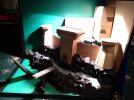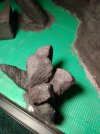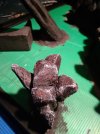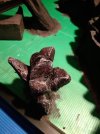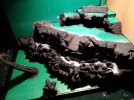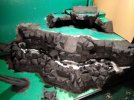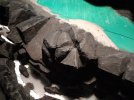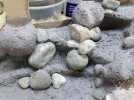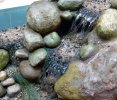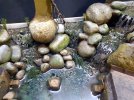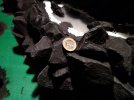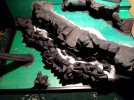Hello
I am a complete newbie in diorama world and I am trying to build a diorama castle to serve as a lizard enclousre. Current progress:
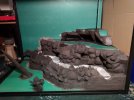
It is made with grout over expanding foam.
Unfortunately I have been defeated by painting the rock. I tried the wash and drybrushing techniques on the topmost level with appaling results:
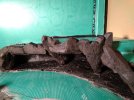
What I would like is to have charcoal rocks with tint of dark red and blue around the ridges. Any tips how to progress would be highly appreciated.
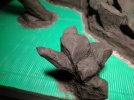
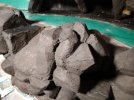
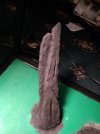 Thank you
Thank you
Best regards
Michal
I am a complete newbie in diorama world and I am trying to build a diorama castle to serve as a lizard enclousre. Current progress:

It is made with grout over expanding foam.
Unfortunately I have been defeated by painting the rock. I tried the wash and drybrushing techniques on the topmost level with appaling results:

What I would like is to have charcoal rocks with tint of dark red and blue around the ridges. Any tips how to progress would be highly appreciated.


 Thank you
Thank youBest regards
Michal


